 Abraham Lincoln
If given the truth, the people can be depended upon to meet any national crisis...
Abraham Lincoln
If given the truth, the people can be depended upon to meet any national crisis...
 Guildford news...
for Guildford people, brought to you by Guildford reporters - Guildford's own news service
Guildford news...
for Guildford people, brought to you by Guildford reporters - Guildford's own news service
Birdwatcher’s Diary No.315
Published on: 4 Nov, 2024
Updated on: 4 Nov, 2024
By Malcolm Fincham
Mild weather continued throughout the latter weeks of October.
It remained mostly dry too, with the Atlantic Jet Stream staying to the north of the UK, as high pressure remained in control for the best part.
Mostly overcast conditions hampered the quality of my photographs, especially during the last days of the month. Although I felt this a small price to pay compared to getting rained upon while devoting my time to the more northerly side of Guildford.
Lack of daylight hours had become a concern now, rapidly receded and leaving me less time in the ‘field’.
Also adding the end of British Summer Time and having to put the clocks back an hour to GMT.
Most regular of my visits were to the peace and serenity of St Mary’s churchyard, Perry Hill, Worplesdon. Where, as at other places I visited locally, when the sun shone several red admiral butterflies were still on the wing.
Territorial speckled wood butterflies could also be viewed, synchronised as they dualled in their flight, spiralling into the air to chase each other.
On my first visit a grey squirrel could be observed, seated on one of the many memorial stones.
While a jay probed the soil about the gravestones seeking a spot to bury its acorns.
Sitting in silence attempting to distinguish the various bird calls, a green woodpecker briefly perched up on one of the headstones, then dropped down to feed in the grass.
Among the numerous yew trees I picked out a few bird species, drawn in by the ripening berry crops the yews had produced.
Blackbirds were early arrivals to the feast.
Also joined by several song thrushes.
Further visits included my attempts to pick out some of the other species drawn in for the banquet.
A greenfinch made an appearance.
And a chaffinch.
While a few blue tits could be viewed as they nibbled at the berries.
By the last week of October a group of a dozen or more wintering thrushes in the way of redwings had arrived to the area.
Although quite timid and secretive in their nature, their ‘seeping’ calls were giving their locations away.
Often they could be glimpsed as they flew deep within yew trees seeking the most hidden berries, challenging me to mostly in-flight shots.
Redwings, as well as other wintering thrushes, swallow yew berries whole, only digesting that soft red cup.
While the toxic, hard-coated seeds pass through the birds’ guts without harming them, their droppings leave a trail of germinating seedlings. Such is the evolutionary harmony struck between plant food-provider and avian tree-planter.
Numerous nuthatches continued to be heard calling about the churchyard, with some also seen helping themselves to a berry or two.
Unlike thrushes, nuthatches are thought to be destroyers of yew seeds, and so must have evolved a gut capable of detoxifying a poison that can paralyse the hearts of many – advantage nuthatch?
I was also able to add a few firecrests to my photos that had made a return, and could be seen flitting about in one of the yew trees.
As well as one of its close cousins, the goldcrest, to my sightings.
While a few coal tits could be observed but only feeding in one of the neighbouring conifers.
On one visit later in the month I was also able to add a raven to my sightings as it called and flew low over the trees in the churchyard.
On October 30 I added my first autumn sightings of a small group of half a dozen or so siskins.
At Britten’s Pond the anglers were reporting only a few sightings of the Daubentons bat hunting over the water during daylight hours that I had seen and photographed for my previous report.
However, I observed it roosting up in its adopted location of an oak tree by the pond until October 23. Hopefully after that it found somewhere more suitable to roost.
The kingfisher continued to show on occasions although not so regularly within the range of my camera lens. This in spite of the now lessening leaves on the trees overhanging the water’s edge.
A few dunnocks were able to fool me momentarily on occasions with their winter ‘peeping’ calls that sound reminiscent of a kingfisher.
A group of a dozen or more long-tailed tits continued to do their circuit though the trees about the pond, constantly making their contact calls.
And a treecreeper made another appearance.
During the few sunnier days a common buzzard would continue to make an appearance over the field to the rear of the pond.
I made several visits to the Riverside Nature Reserve, near Burpham and I saw a green veined white butterfly still on the wing on one of my earlier visits.
While a walk out beyond Bower’s Lock saw what I believe to be a willow emerald damselfly.
As well as at least two Cetti’s warblers calling. The first by the lakeside, and a second along the boardwalk.
Red kites continued to be a regular sighting, often drifting over the River Wey from the recycling centre and occasionally seen perched up in the trees that line the river.
Following up on a report from a fellow birdwatcher, Alan, I was able to see a female pochard that had made an appearance on Stoke Lake. Not a rare bird generally, but the first I had seen there since January 2021, (the previous being a drake).
Although only four tufted ducks had been present, my concerns were lifted when at least 18 were reported there later in the month.
Another interesting recent find by a fellow nature enthusiast and reader of these reports was an earthstar fungi that he had found within a woodland area in Fairlands.
There are more than 15 earthstar species found in the UK, known scientifically as Geastraceae, and sometimes known as ‘stomach fungi’. None of which are edible and some of which are poisonous.
Some earthstars are faithful to the same site year after year, but most are fickle, seldom appearing in the same spot two years running. And some previously thought of as rare are now being seen in areas liberally mulched with wood chips.
The photo he took looks similar to the collard earthstar fungi I found at Sheepleas about this time last year and mentioned in my report at the time. https://guildford-dragon.com/birdwatchers-diary-no-291/
Responses to Birdwatcher’s Diary No.315
Leave a Comment Cancel reply
Please see our comments policy. All comments are moderated and may take time to appear. Full names, or at least initial and surname, must be given.Recent Articles
- Letter: Compton Residents Are Angry and Upset Over Tree Felling
- County Council’s ‘Devolution’ Solution ‘Will Doom’ West Surrey To Fail
- Dragon Review: Handbagged – Yvonne Arnaud Theatre
- How VE Day Was Celebrated 80 Years Ago in Guildford
- Dragon Interview: Sir Jeremy Hunt MP on His Knighthood and Some Local Issues
- Guildford Has a New Mayor with Rock Star Quality
- Ash Street Co-op Still Suffering Fallout From Cyber Attack
- Guildford’s Job Centre Among 238 Hit By Data Breaches, Say Experts
- Surrey’s Boroughs and Districts To Submit Their Three-Unitary Council Plan
- Letter: House of Fraser’s Closure Was the Last Straw


Recent Comments
- Rachel Buckett on Memories Of Queen Elizabeth Barracks And The Women’s Royal Army Corps
- Brian Creese on Guildford Has a New Mayor with Rock Star Quality
- Richard Sherlock on Guildford Has a New Mayor with Rock Star Quality
- Angela Gunning on Letters, Comments, Complaints Policy and Privacy Statement
- Peter Mills on Trans Protest on Guildford High Street
- Arthur Pint on Police Investigate Paint Attack at Guildford Business Park
Search in Site
Media Gallery
Dragon Interview: Local Artist Leaves Her Mark At One of England’s Most Historic Buildings
January 21, 2023 / No Comment / Read MoreDragon Interview: Lib Dem Planning Chair: ‘Current Policy Doesn’t Work for Local People’
January 19, 2023 / No Comment / Read MoreA3 Tunnel in Guildford ‘Necessary’ for New Homes, Says Guildford’s MP
January 10, 2023 / No Comment / Read More‘Madness’ for London Road Scheme to Go Ahead Against ‘Huge Opposition’, Says SCC Leader
January 6, 2023 / No Comment / Read MoreCouncillor’s Son Starts Campaign for More Consultation on North Street Plan
December 30, 2022 / No Comment / Read MoreCounty Council Climbs Down Over London Road Works – Further ‘Engagement’ Period Announced
December 14, 2022 / No Comment / Read MoreDragon Interview: GBC Reaction to the Government’s Expected Decision to Relax Housing Targets
December 7, 2022 / No Comment / Read MoreHow Can Our Town Centre Businesses Recover? Watch the Shop Front Debate
May 18, 2020 / No Comment / Read More




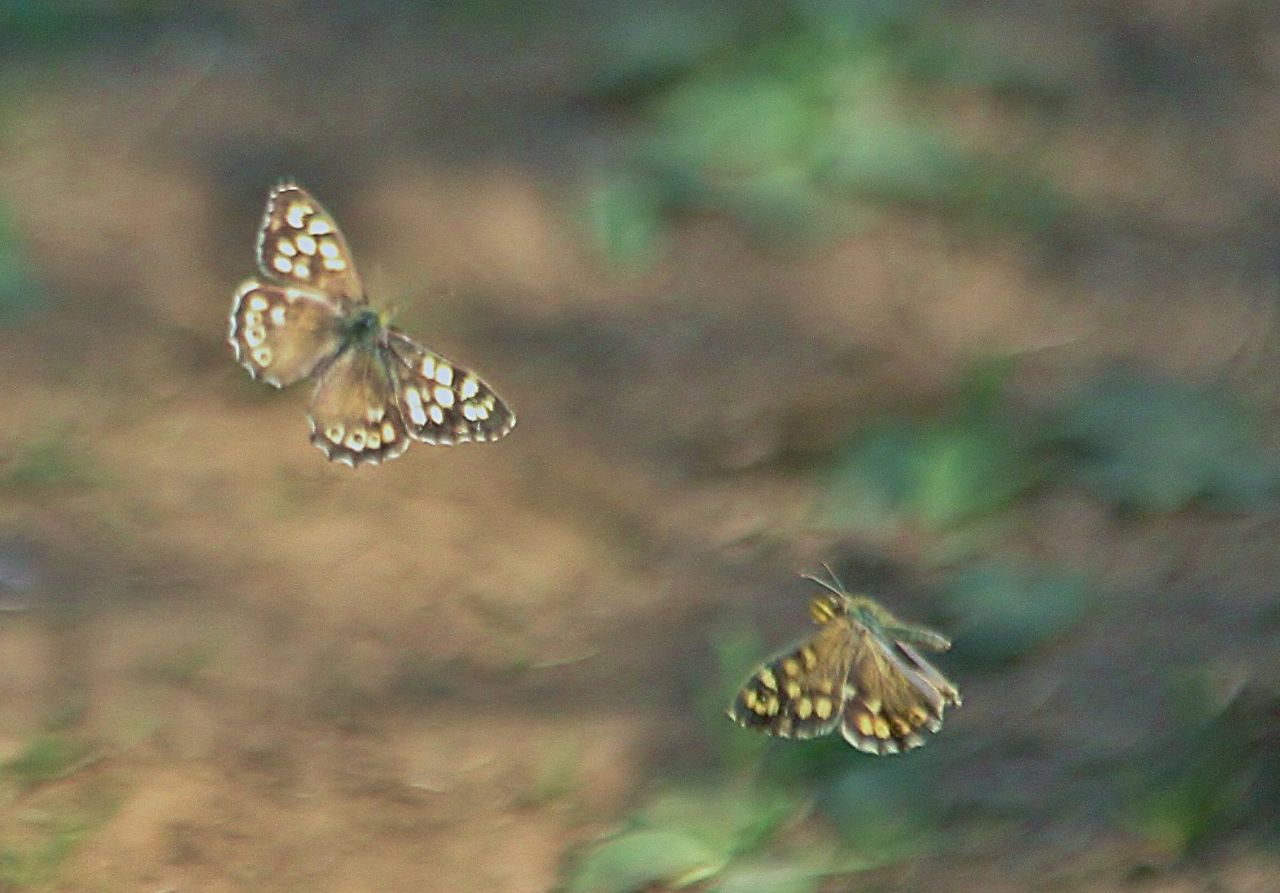

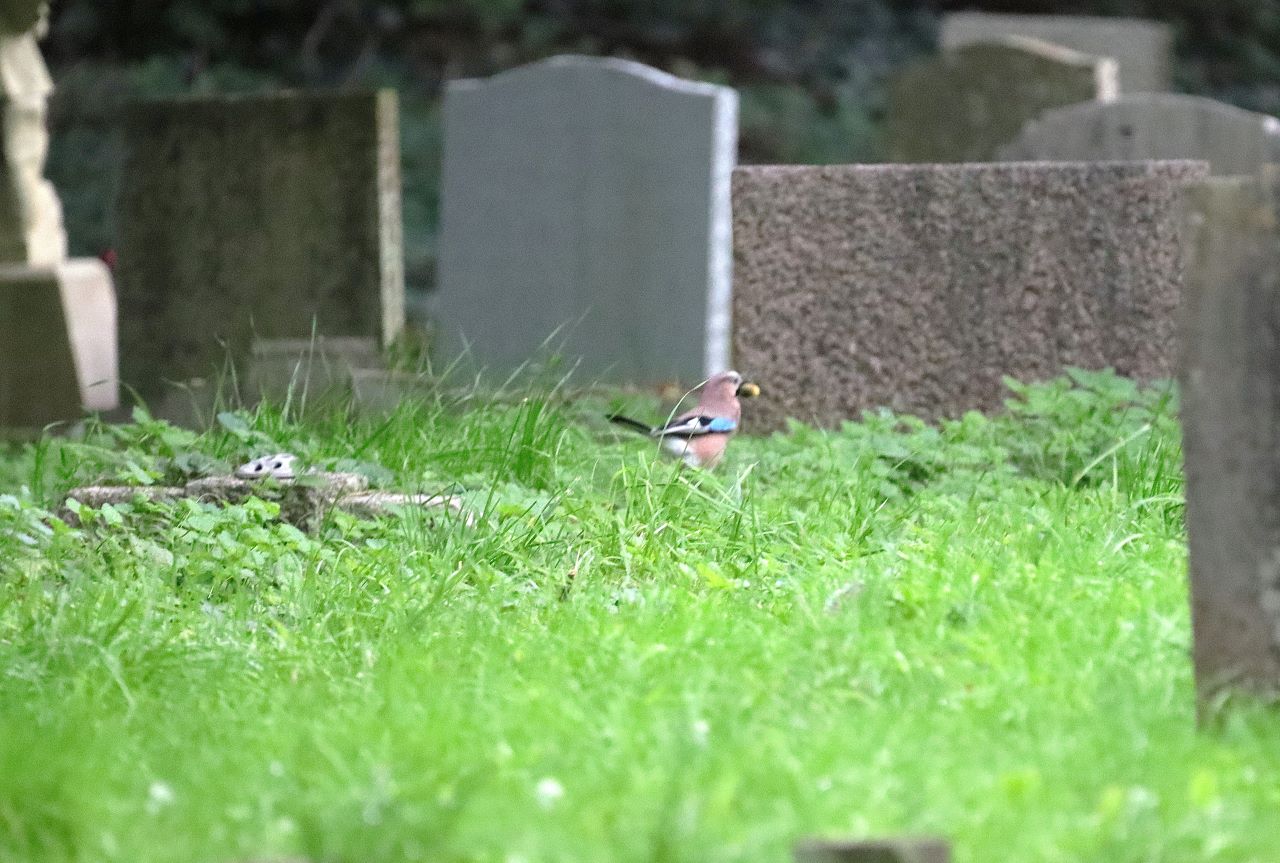

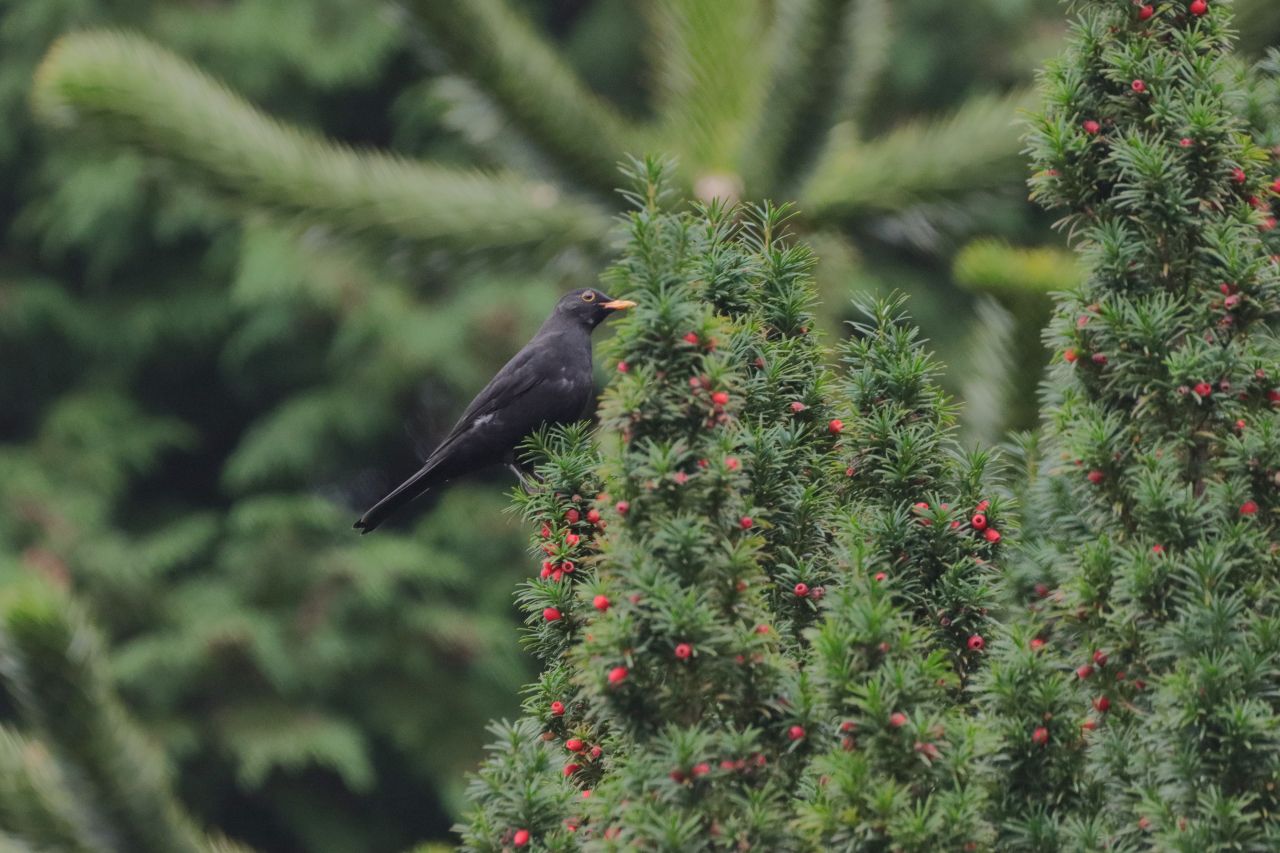
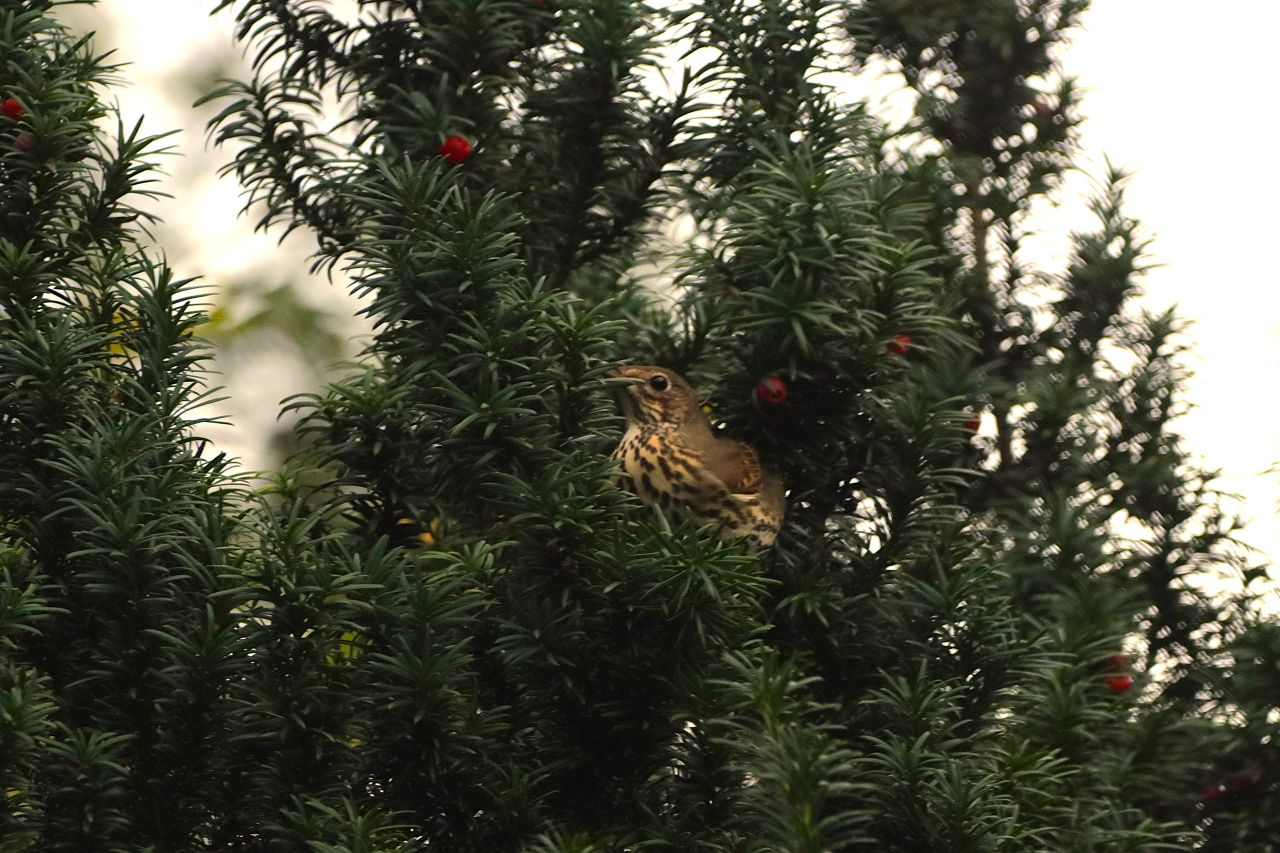
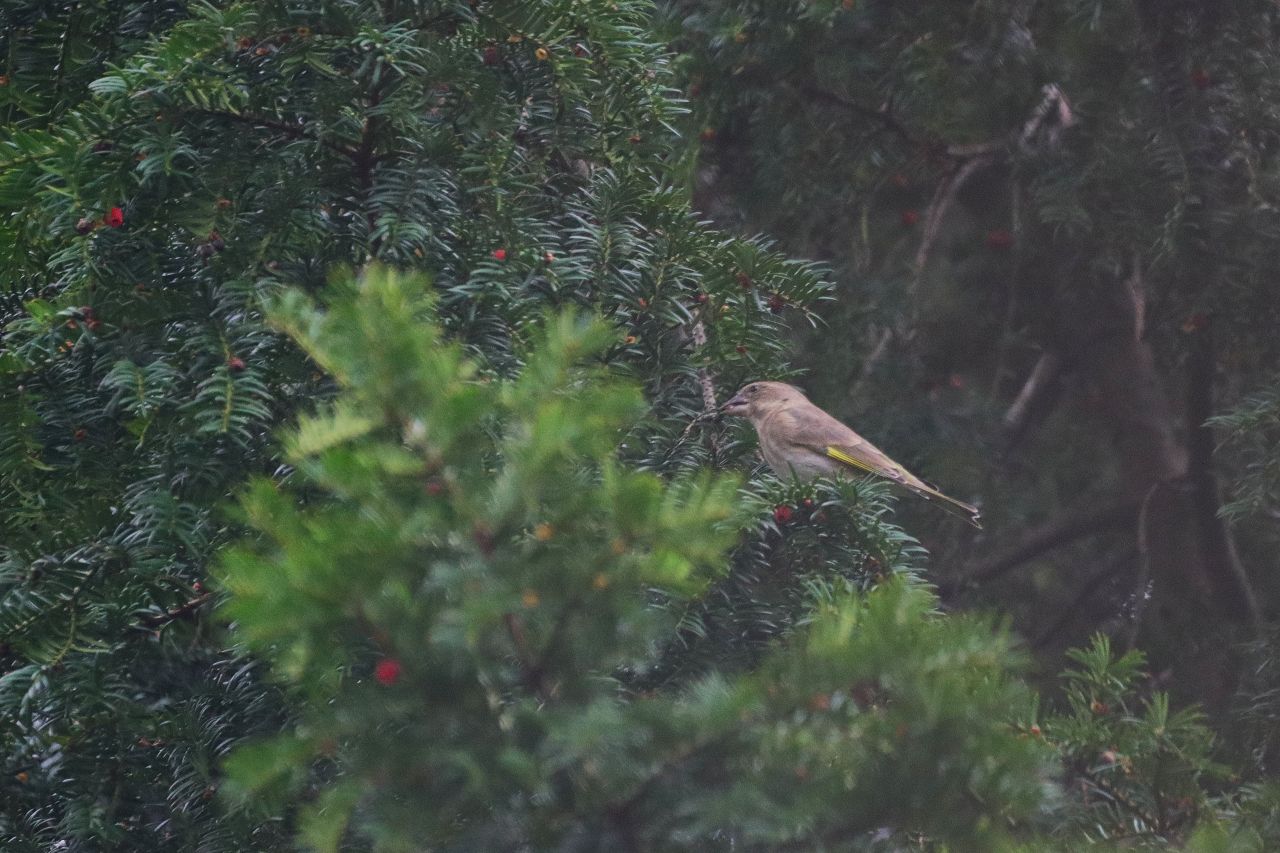
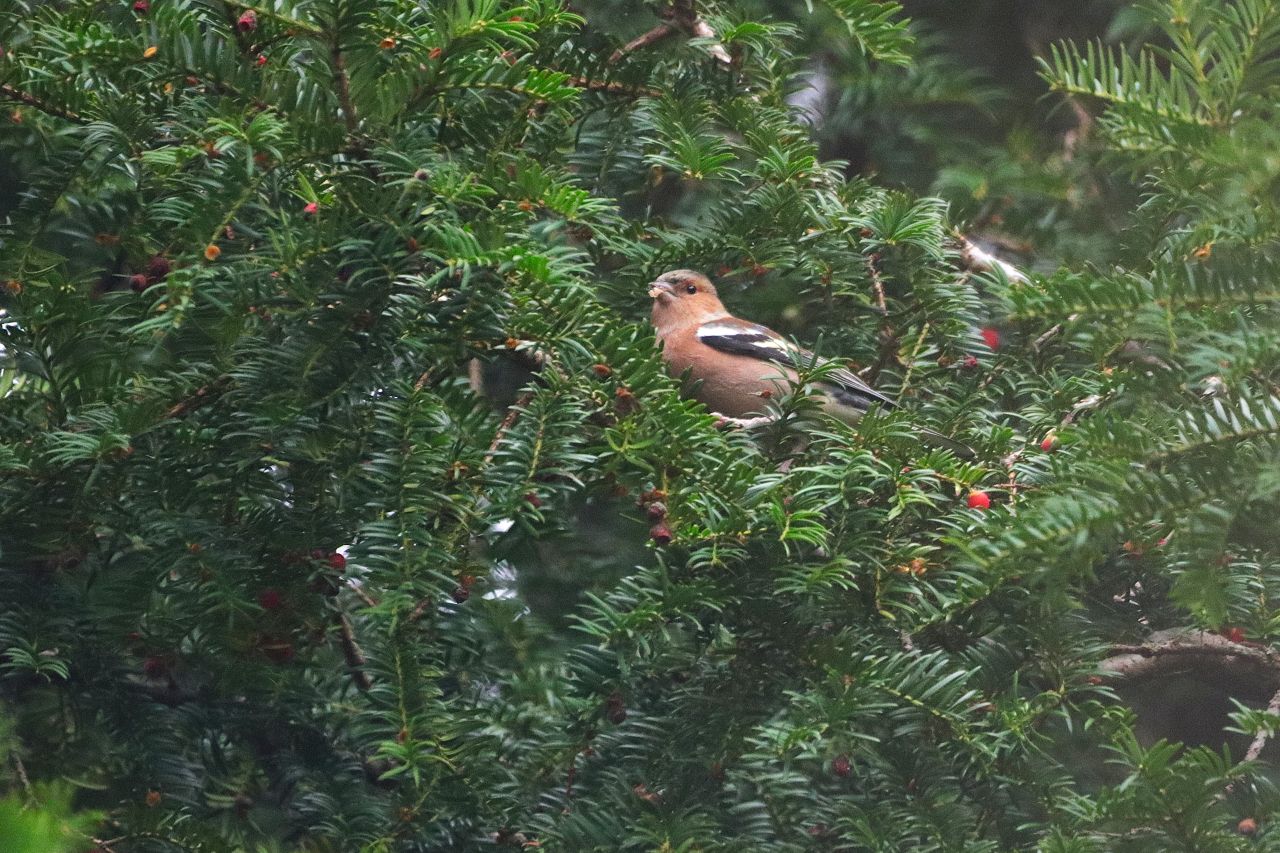

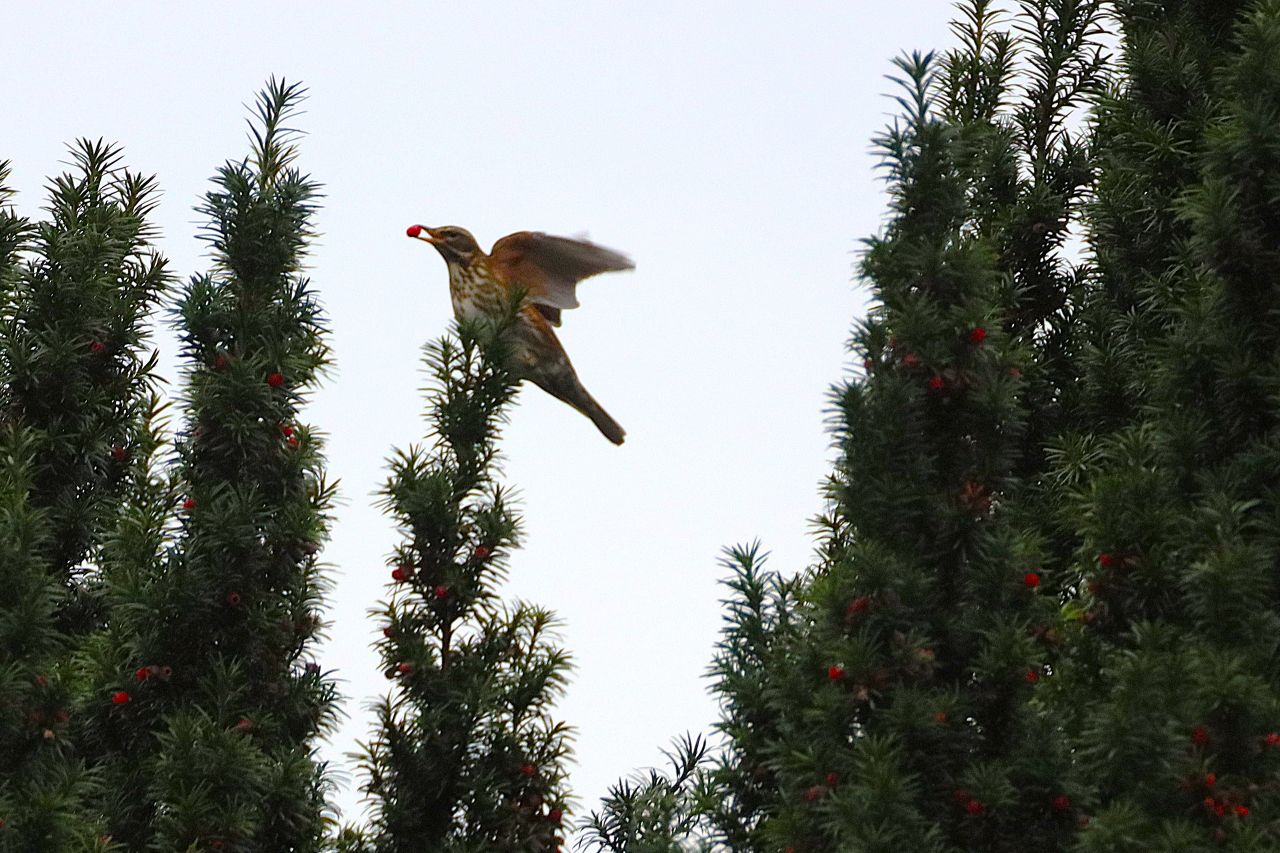
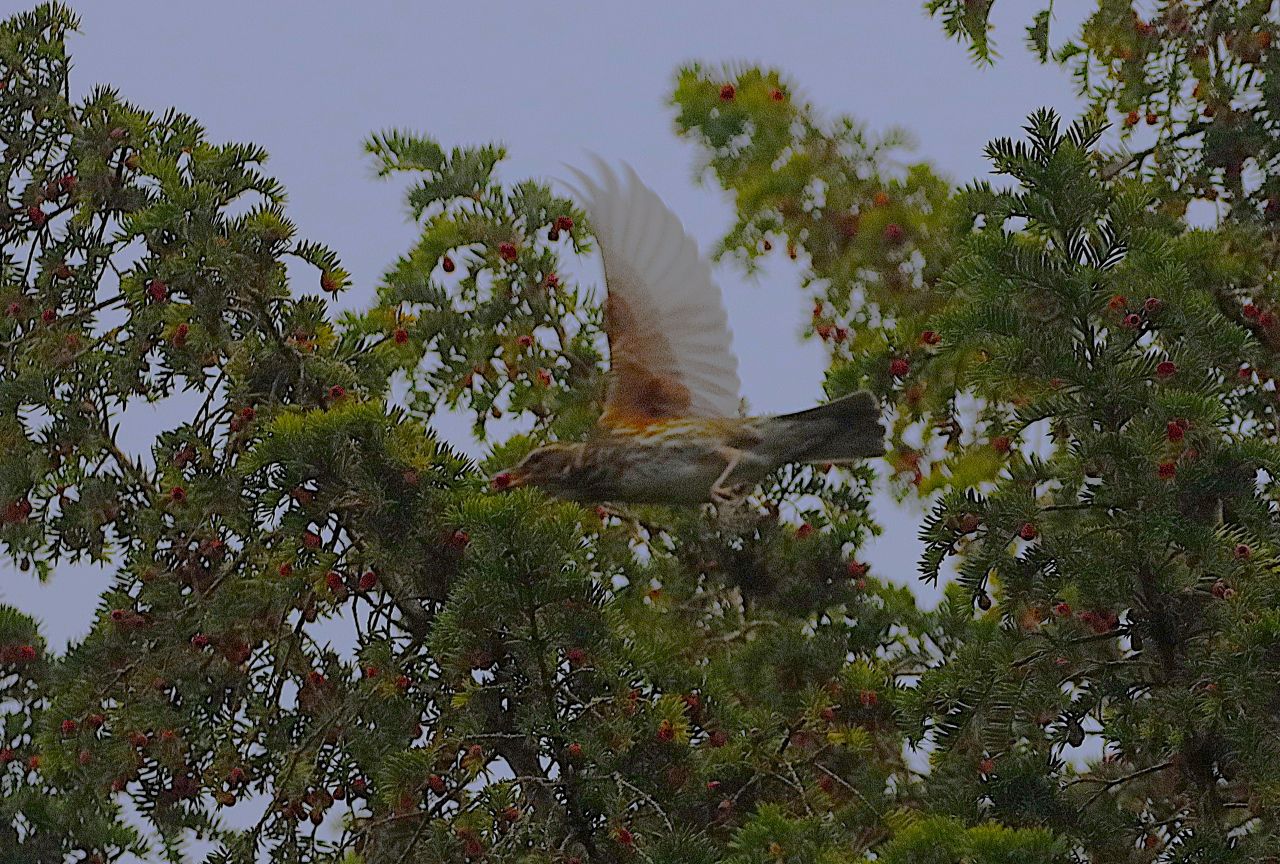


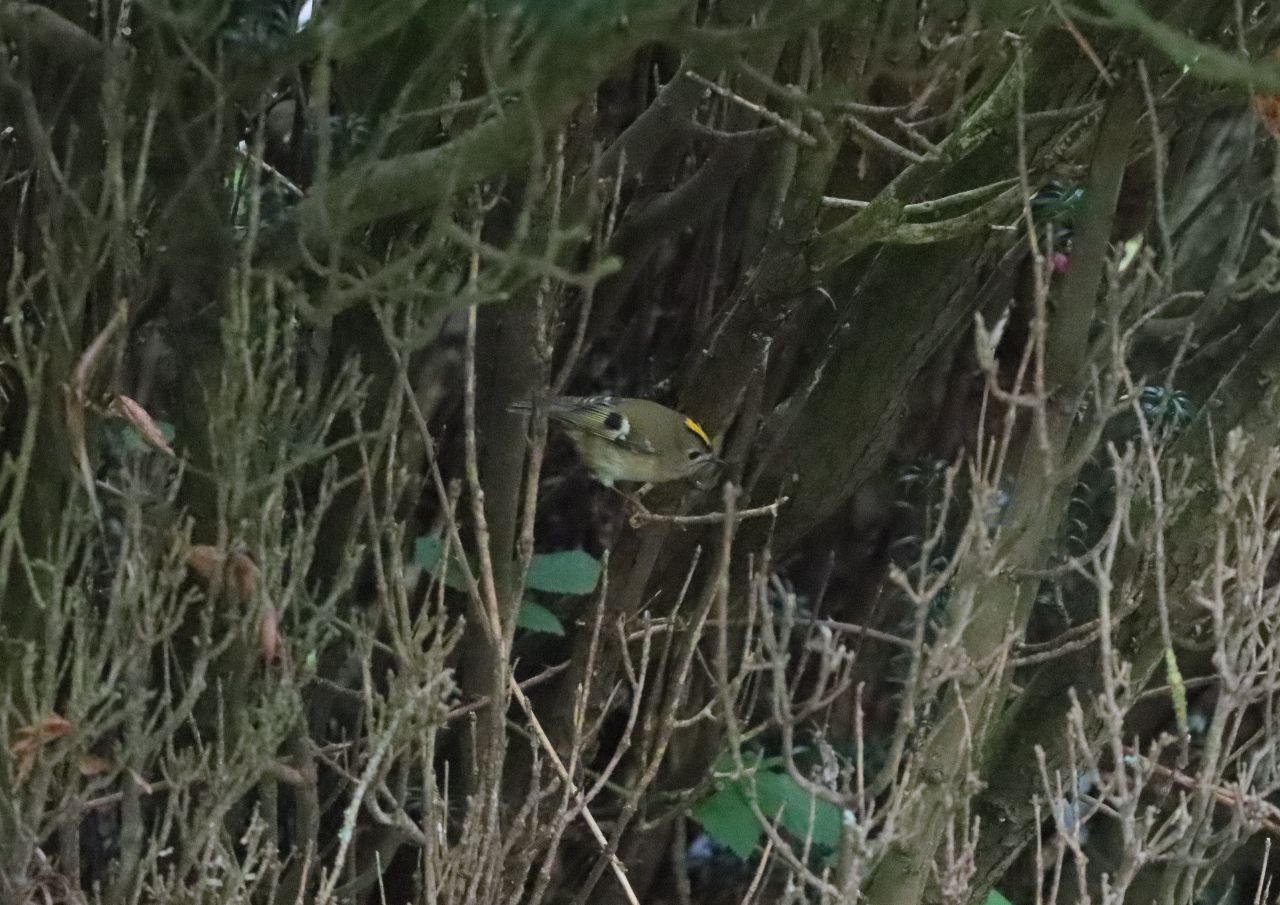
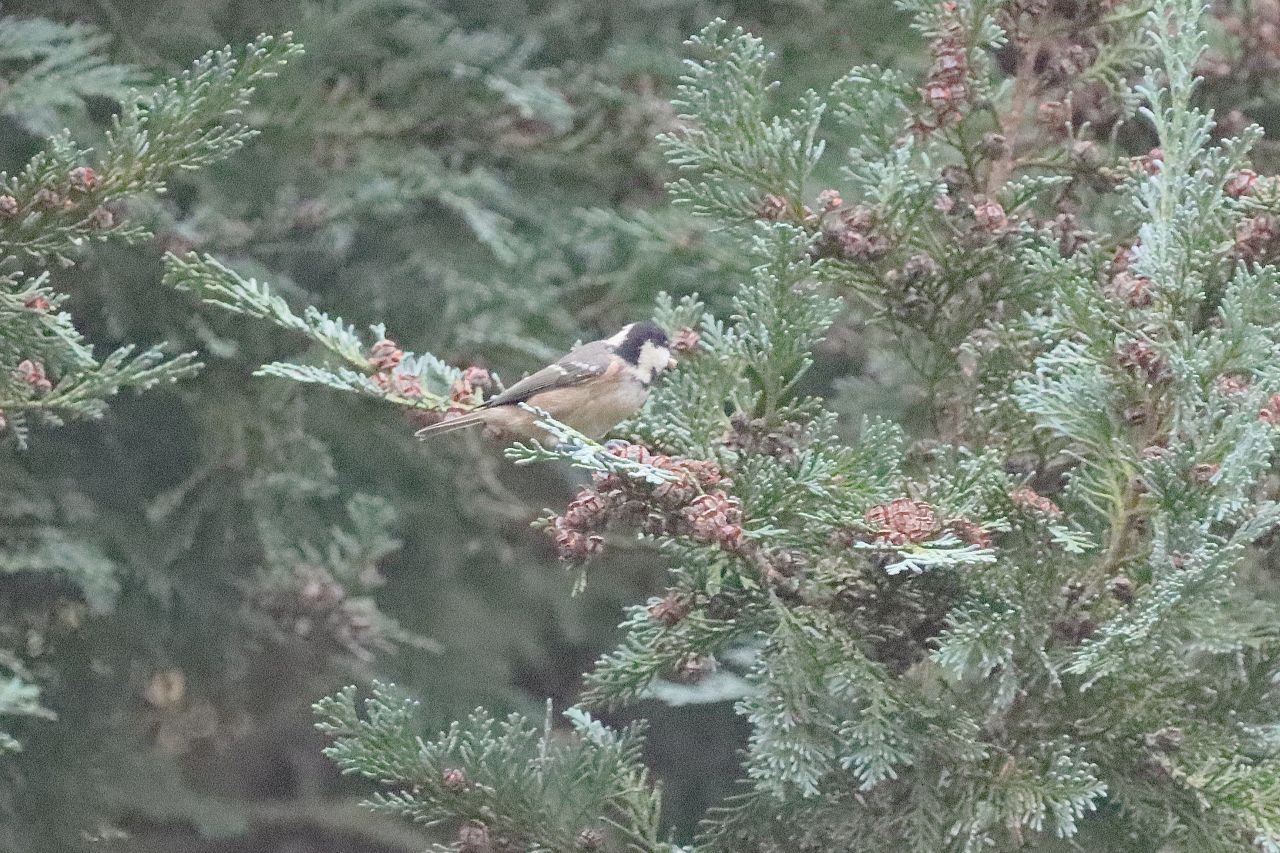
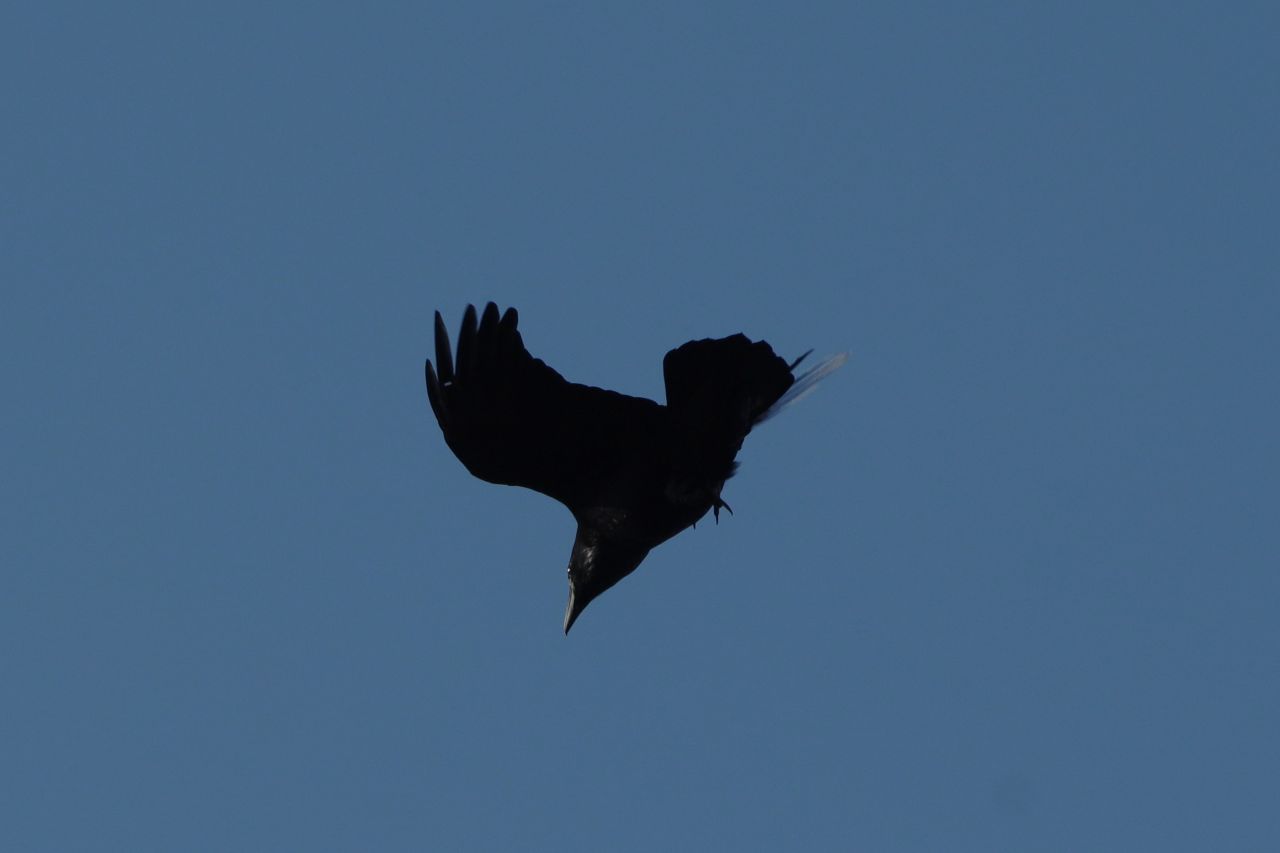
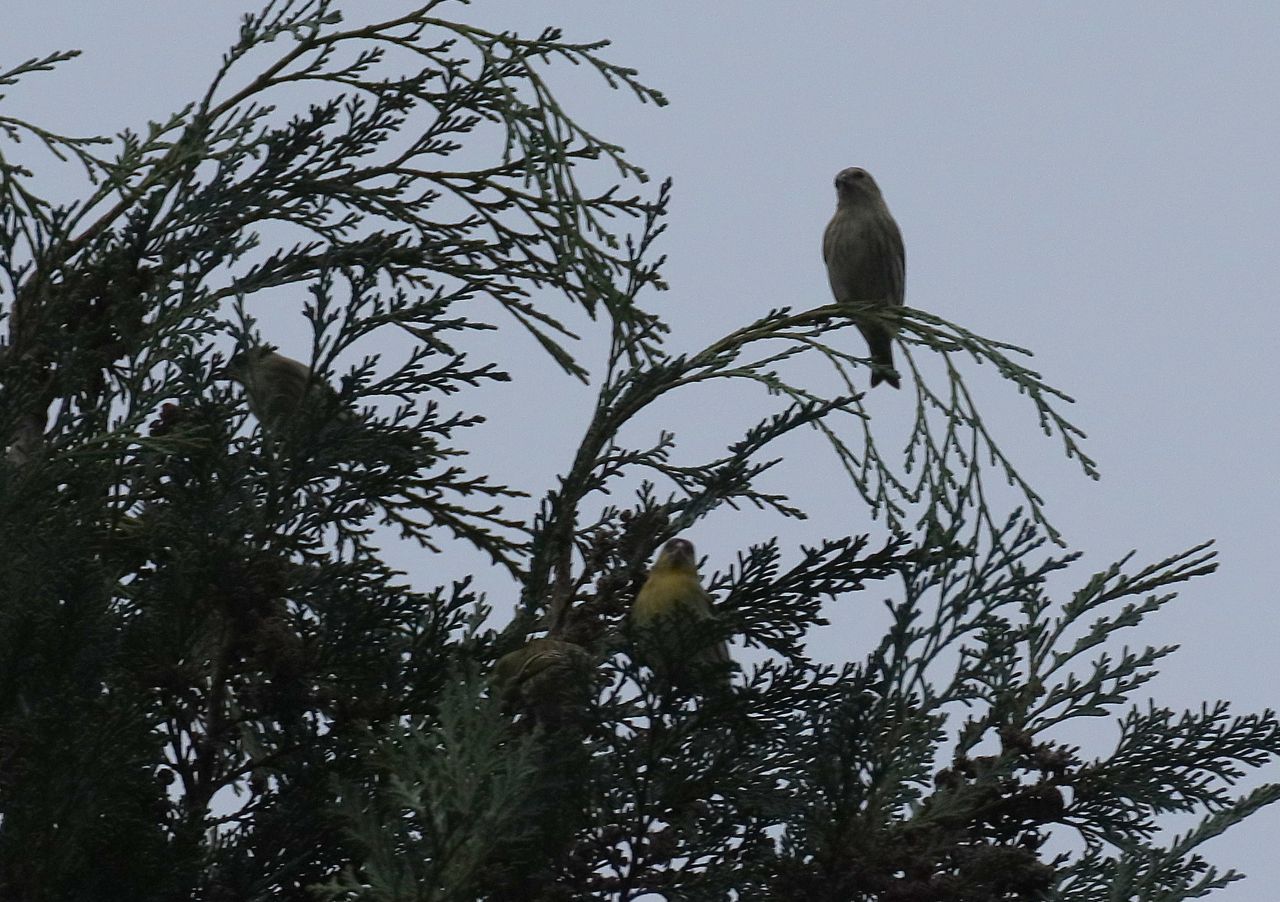
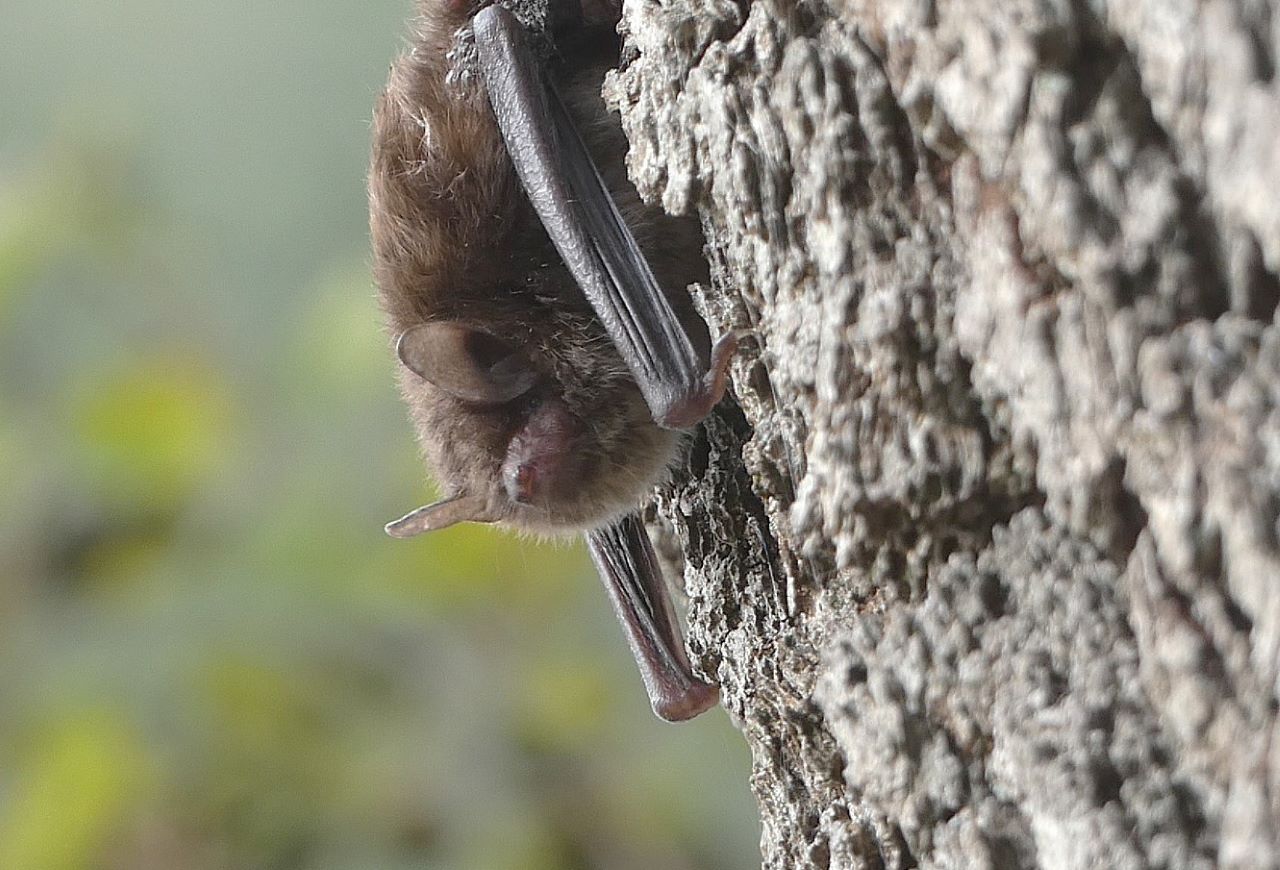
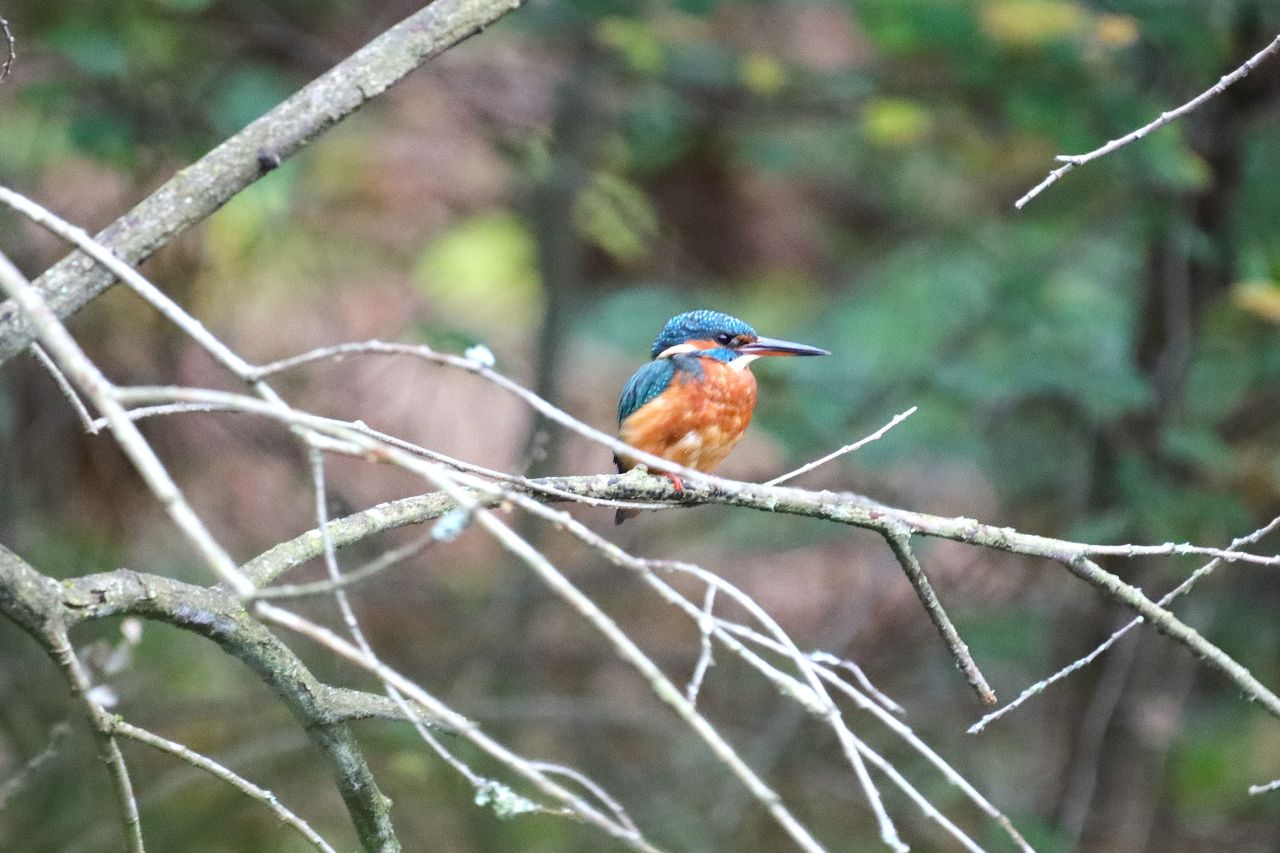

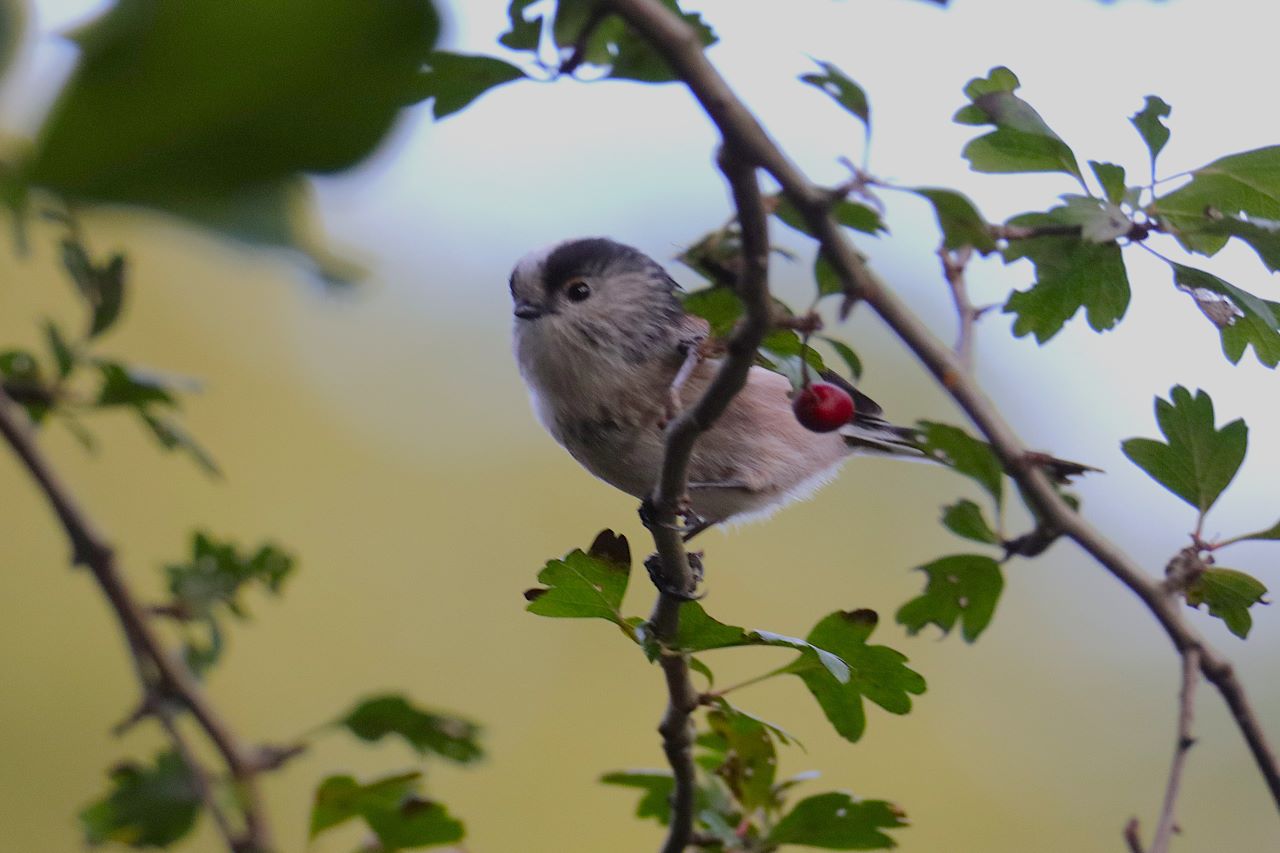

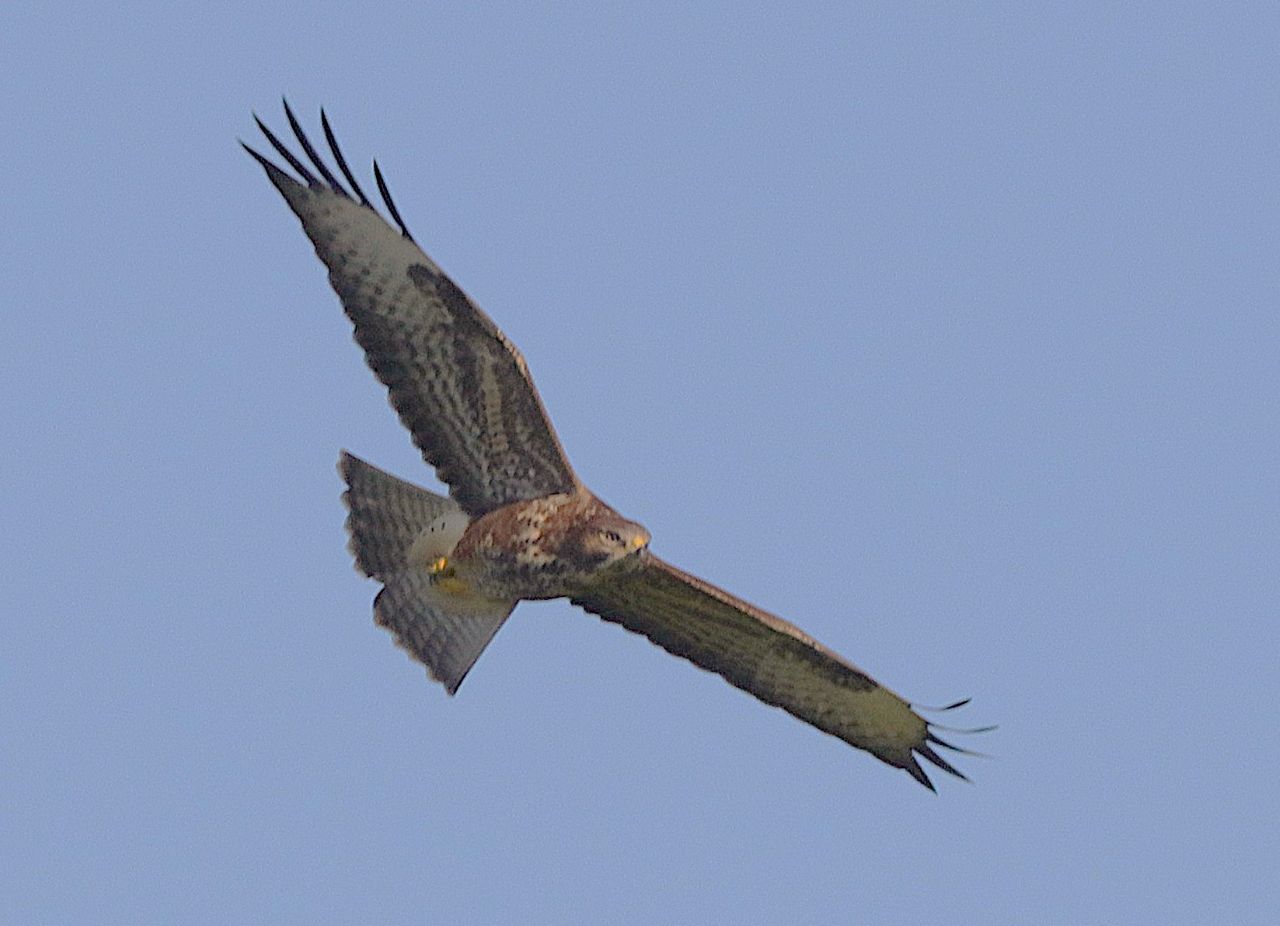


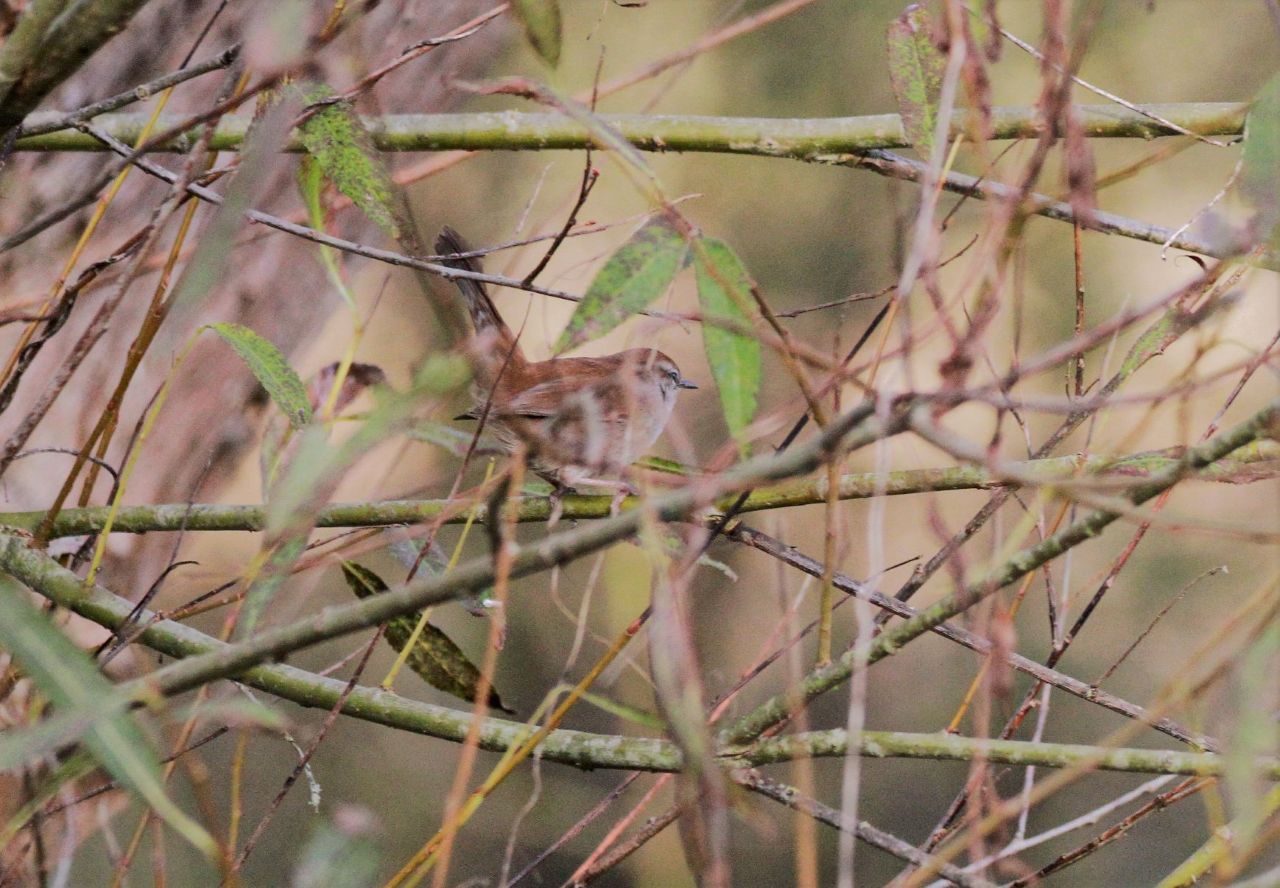
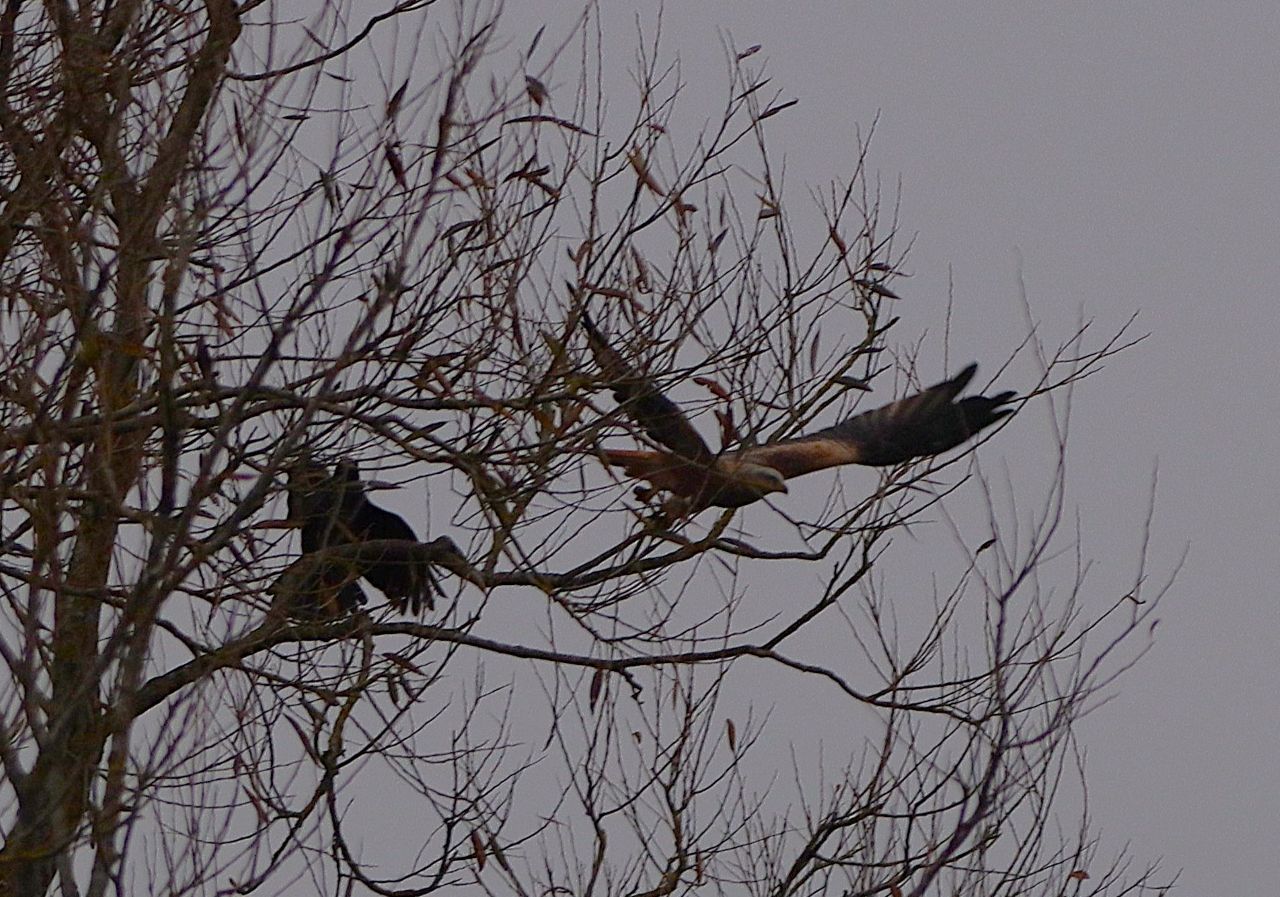

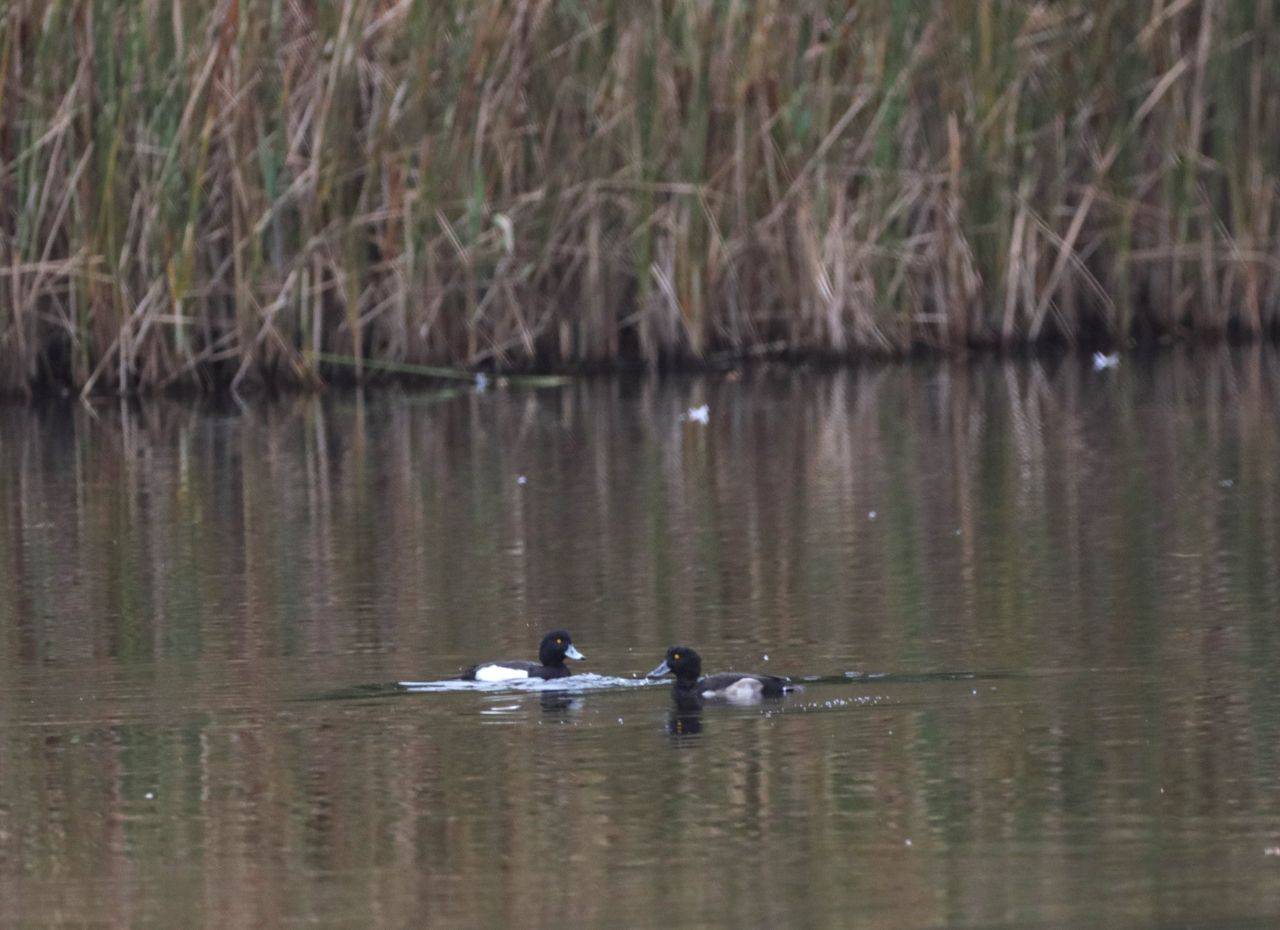

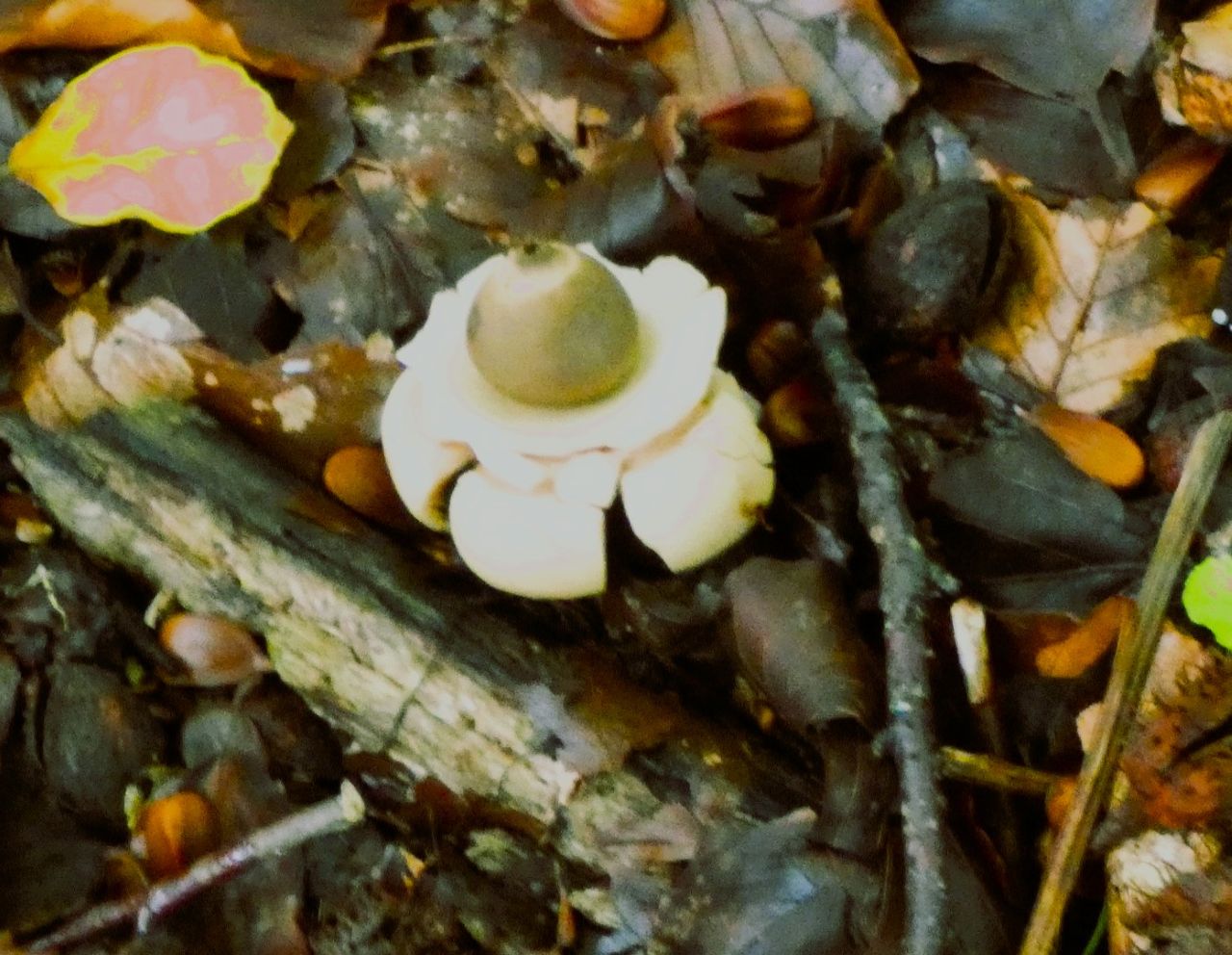







C Armstrong
November 6, 2024 at 9:27 am
Always enjoy birdwatcher’s diary!